Looking for foods to avoid to lower your cholesterol and hypertension? Managing cholesterol and hypertension starts with what’s on your plate. While many foods can improve heart health, others can worsen these conditions if consumed too often. Making the right choices doesn’t mean giving up flavor or satisfaction – it’s about swapping harmful foods for healthier, delicious alternatives. Here’s a closer look at the foods you should avoid, why they’re harmful, and what you can eat instead to protect your heart.
Foods to Avoid to Lower Your Cholesterol and Hypertension 1. Trans Fats – The Silent Cholesterol Killer
Why They’re Harmful
Trans fats are artificially created fats that increase the “bad” LDL cholesterol while simultaneously lowering the “good” HDL cholesterol. This combination is a strong predictor of heart disease. Trans fats also cause inflammation in the body, which can damage your blood vessels and make hypertension harder to control.
Foods to Avoid
- Margarine and shortening
- Packaged baked goods like cookies, cakes, and doughnuts
- Fried foods from fast-food restaurants (e.g., French fries, fried chicken)
- Pre-packed frozen foods like pies or microwaveable dinners
Healthier Alternatives
- Use olive oil or avocado oil for cooking instead of margarine or shortening.
- Bake at home using heart-friendly oils instead of buying processed baked goods.
- Choose snacks like air-popped popcorn or roasted nuts instead of fried snacks.
Foods to Avoid to Lower Your Cholesterol and Hypertension 2. Saturated Fats – A Prime Culprit for High Cholesterol
Why They’re Harmful
Saturated fats, often found in animal-based and processed products, can raise LDL cholesterol levels, leading to clogged arteries. While they don’t have as many harmful effects as trans fats, overconsumption can still wreak havoc on your heart.
Foods to Avoid
- Fatty cuts of red meat (e.g., ribeye steak, pork belly)
- Full-fat dairy products (e.g., whole milk, butter, cheese)
- Processed meats like bacon, sausages, and salami
- Coconut oil and palm oil, which are high in saturated fats
Healthier Alternatives
- Opt for lean protein sources like skinless chicken, turkey, fish, or plant-based proteins (e.g., lentils, beans).
- Choose low-fat or non-dairy alternatives for milk, yogurt, and cheese.
- Use olive oil or avocado oil instead of cooking with butter or coconut oil.
Foods to Avoid to Lower Your Cholesterol and Hypertension 3. High-Sodium Foods – A Blood Pressure Bomb
Why They’re Harmful
Excess sodium in the diet is a leading contributor to hypertension. Sodium causes the body to retain water, which increases blood volume and puts extra strain on your heart and blood vessels. Over time, this can lead to serious complications like stroke or heart failure.
Foods to Avoid
- Packaged and processed foods (e.g., chips, instant noodles, canned soups)
- Deli and processed meats (e.g., ham, bacon, hot dogs)
- Sauces and condiments (e.g., soy sauce, barbecue sauce, ketchup)
- Restaurant or fast-food meals, which are often high in hidden salts
Healthier Alternatives
- Choose fresh or frozen vegetables instead of canned ones with added salt.
- Cook meals at home to control salt content and use herbs and spices for flavor.
- When buying packaged foods, look for “low-sodium” or “no salt added” options.
- Snack on unsalted nuts or veggies with hummus instead of salty chips.
Foods to Avoid to Lower Your Cholesterol and Hypertension 4. Added Sugars – Sweet but Dangerous
Why They’re Harmful
Excess sugar in the diet doesn’t just increase your calorie count – it also lowers “good” HDL cholesterol while increasing triglycerides, both of which are risk factors for heart disease. Sugary foods and drinks also lead to weight gain, which can exacerbate both cholesterol and hypertension.
Foods to Avoid
- Sugary drinks like sodas, energy drinks, and sweetened teas
- Sweetened yogurts and breakfast cereals
- Baked goods, candies, and ice cream with high sugar content
- Coffee or tea with flavored syrups or creamers
Healthier Alternatives
- Drink water, herbal teas, or sparkling water instead of soda.
- Choose plain Greek yogurt and add fresh fruit for natural sweetness.
- Satisfy your sweet tooth with a piece of dark chocolate (70% cocoa or higher).
- Use natural sweeteners like honey or maple syrup sparingly, and only as needed.
Foods to Avoid to Lower Your Cholesterol and Hypertension 5. Refined Carbohydrates – The Sneaky Blood Sugar Spike
Why They’re Harmful
Refined carbohydrates like white bread, white rice, and pastries are quickly digested, causing sharp spikes in blood sugar followed by crashes. Over time, this can contribute to weight gain, insulin resistance, and higher triglyceride levels, all of which strain your heart.
Foods to Avoid
- White bread, white pasta, and other refined grain products
- Pastries, cakes, and muffins made with refined flour
- Sugary breakfast cereals and granola bars
Healthier Alternatives
- Replace white bread and rice with whole-grain bread, brown rice, or quinoa.
- Choose oatmeal or a fruit-and-nut smoothie for breakfast instead of sugary cereals.
- Snack on whole-grain crackers paired with hummus or nut butter for lasting energy.
Actionable Tips for Heart-Healthy Eating
- Read Labels: When shopping, look for foods labeled “low-sodium,” “trans fat-free,” or “no added sugar.”
- Plan Meals in Advance: Preparing meals at home allows you to control ingredients and avoid hidden sodium, fats, or sugars.
- Cook with Heart-Healthy Oils: Olive oil and avocado oil are staples in a heart-healthy kitchen.
- Swap and Swap Often: For every unhealthy food, there’s usually a better-for-you option—whole grains instead of refined, lean proteins over fatty cuts, or homemade versus pre-packaged.
- Practice Portion Control: Even healthier alternatives should be eaten in moderation.
Making these changes to your diet can have a powerful impact on lowering your cholesterol and managing hypertension. Remember, the key is not just to avoid certain foods but to replace them with better options that support your overall well-being. A heart-healthy lifestyle is about small, sustainable choices—one meal at a time.
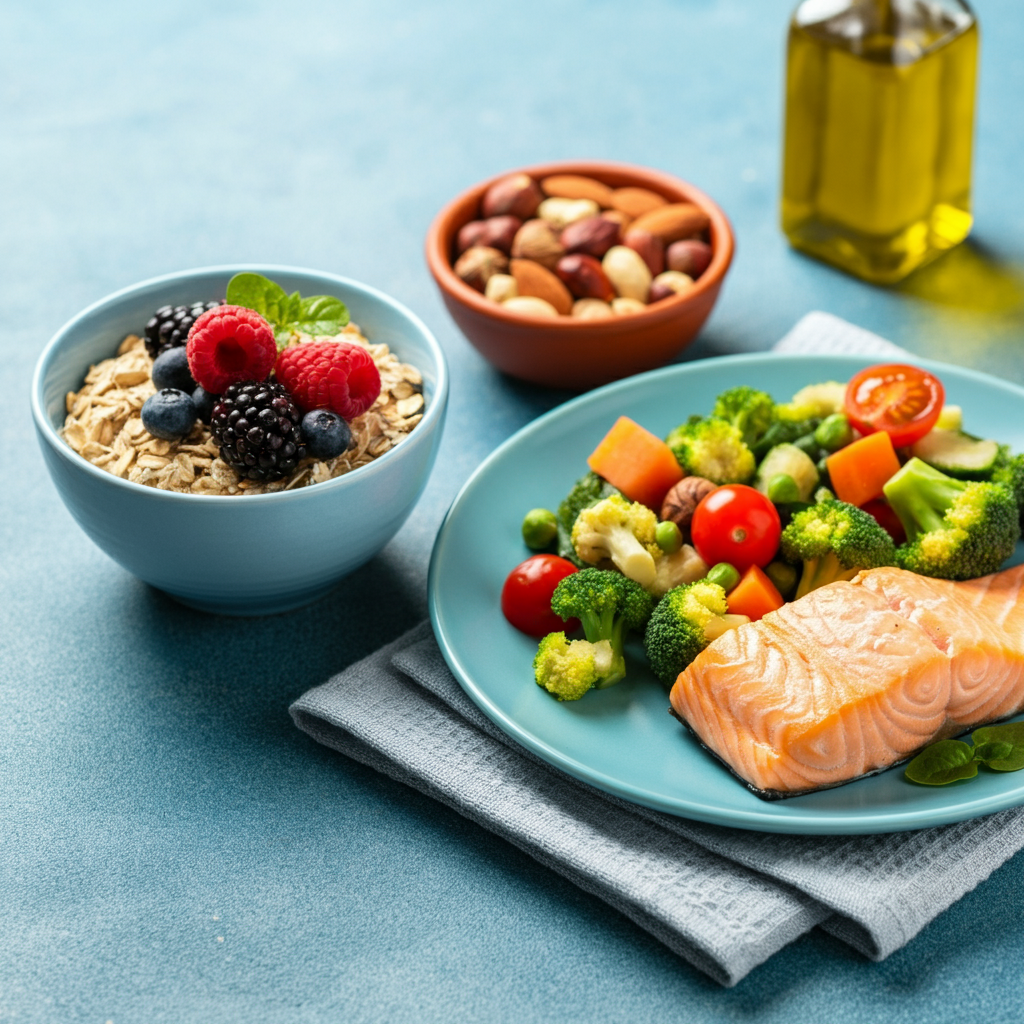
What Foods to Eat to Lower Cholesterol
High cholesterol is a major health concern for many people, as it increases the risk of heart disease and stroke. But the good news is, you can manage and even lower cholesterol levels by making smart choices about what you eat. Certain nutrient-packed foods have been proven to improve heart health and support healthy cholesterol levels. Let’s explore these cholesterol-lowering foods and how you can easily incorporate them into your meals.
1. Oats and Whole Grains
Oats are a superstar when it comes to reducing cholesterol. They’re rich in soluble fiber, specifically beta-glucan, which helps remove LDL (bad cholesterol) from your bloodstream. Other whole grains like barley, brown rice, and quinoa also provide heart-healthy benefits, but oats are particularly effective.
How to Enjoy Oats and Whole Grains:
- Start your morning with a bowl of oatmeal topped with fresh fruits and a pinch of cinnamon.
- Swap white bread for whole-grain bread in sandwiches.
- Use quinoa or brown rice as a base for salads and stir-fries.
2. Nuts
Walnuts, almonds, and other nuts are packed with heart-healthy fats that help lower LDL cholesterol while boosting HDL (good cholesterol). They’re also high in plant-based protein, fiber, and antioxidants, making them a fantastic choice for improved heart health.
How to Incorporate Nuts:
- Snack on a small handful of almonds or walnuts between meals.
- Sprinkle chopped nuts onto your salad or yogurt.
- Use crushed nuts as a coating for baked chicken or fish.
3. Fatty Fish
Fatty fish like salmon, mackerel, sardines, and tuna are excellent sources of omega-3 fatty acids. These healthy fats have been shown to reduce triglycerides, lower blood pressure, and improve overall heart health.
How to Include Fatty Fish:
- Grill or bake salmon and serve with a side of steamed veggies for dinner.
- Prepare a tuna salad with light olive oil dressing.
- Add mackerel to your breakfast toast for a protein-packed start to your day.
Aim for at least two servings of fatty fish per week for optimal benefits.
4. Fruits and Vegetables
Fruits and vegetables are loaded with fiber, vitamins, and antioxidants, all of which support lower cholesterol and better heart health. Soluble fiber in fruits like apples, oranges, and berries helps prevent cholesterol absorption, while vegetables like spinach, kale, and broccoli support overall cardiovascular health.
Ways to Eat More Fruits and Vegetables:
- Blend berries, spinach, and almond milk into a heart-healthy smoothie.
- Snack on carrot sticks, cucumber slices, and cherry tomatoes with hummus.
- Add an extra serving of leafy greens to your dinner plate.
Eating a rainbow of colorful produce ensures you get a wide range of nutrients.
5. Legumes
Beans, lentils, and chickpeas are great plant-based protein sources rich in soluble fiber. They can help lower cholesterol by preventing it from being absorbed into the bloodstream. Legumes are also incredibly versatile and budget-friendly.
How to Use Legumes:
- Replace ground meat with lentils in dishes like tacos or spaghetti sauce.
- Make a hearty bean soup or chili for lunch or dinner.
- Toss chickpeas into salads or roast them with spices for a crunchy snack.
6. Avocados
This creamy fruit is not only delicious but also rich in monounsaturated fats, which help reduce LDL cholesterol. Avocados also contain fiber and other valuable nutrients that support heart health.
Simple Ways to Use Avocados:
- Spread mashed avocado on whole-grain toast for breakfast.
- Use avocado as a topping for salads or in sandwiches.
- Blend it into a creamy guacamole paired with veggie sticks.
7. Olive Oil
Switching to olive oil is one of the simplest ways to improve your heart health. It’s rich in monounsaturated fats and antioxidants, both of which help reduce bad cholesterol while maintaining good cholesterol.
How to Add Olive Oil to Your Diet:
- Use it as a base for homemade salad dressings.
- Drizzle over roasted vegetables for added flavor.
- Substitute it for butter in cooking and baking recipes.
8. Foods Fortified with Sterols and Stanols
Sterols and stanols are plant compounds that block cholesterol absorption and are often added to foods like margarine, orange juice, and yogurt. Consuming these fortified foods can greatly help reduce LDL cholesterol levels.
How to Use Fortified Foods:
- Spread sterol-enriched margarine on whole-grain toast.
- Drink a small glass of fortified orange juice with breakfast.
- Add fortified yogurt to your midday snack routine.
What Foods to Eat to Lower Cholesterol: Tips for Success
- Plan Your Meals: Prepping meals with these cholesterol-lowering foods can make it easier to stick to heart-healthy eating habits. Prepare oats, salads, or soups in advance for easy access.
- Read Labels Carefully: If you’re buying packaged goods, make sure to check for added sugars and unhealthy fats. Stick to whole, minimally processed options.
- Pair with Exercise: Eating these foods alongside regular physical activity can amplify their cholesterol-lowering effects.
Disclaimer
The recommendations shared in this blog are for informational purposes only and should not replace professional medical advice, diagnosis, or treatment. These tips are based on general nutrition advice and scientific evidence but are not tailored to individual circumstances. Always consult with your healthcare provider or a registered dietitian for personalized guidance that fits your unique health needs. We are not liable for any actions taken based on this content.
Adopting a healthier diet doesn’t have to feel restrictive or complicated. By incorporating these delicious and accessible cholesterol-lowering foods into your meals, you can take a big step toward improving your heart health. Small changes can lead to significant results, so start making mindful choices today for a brighter and healthier tomorrow!
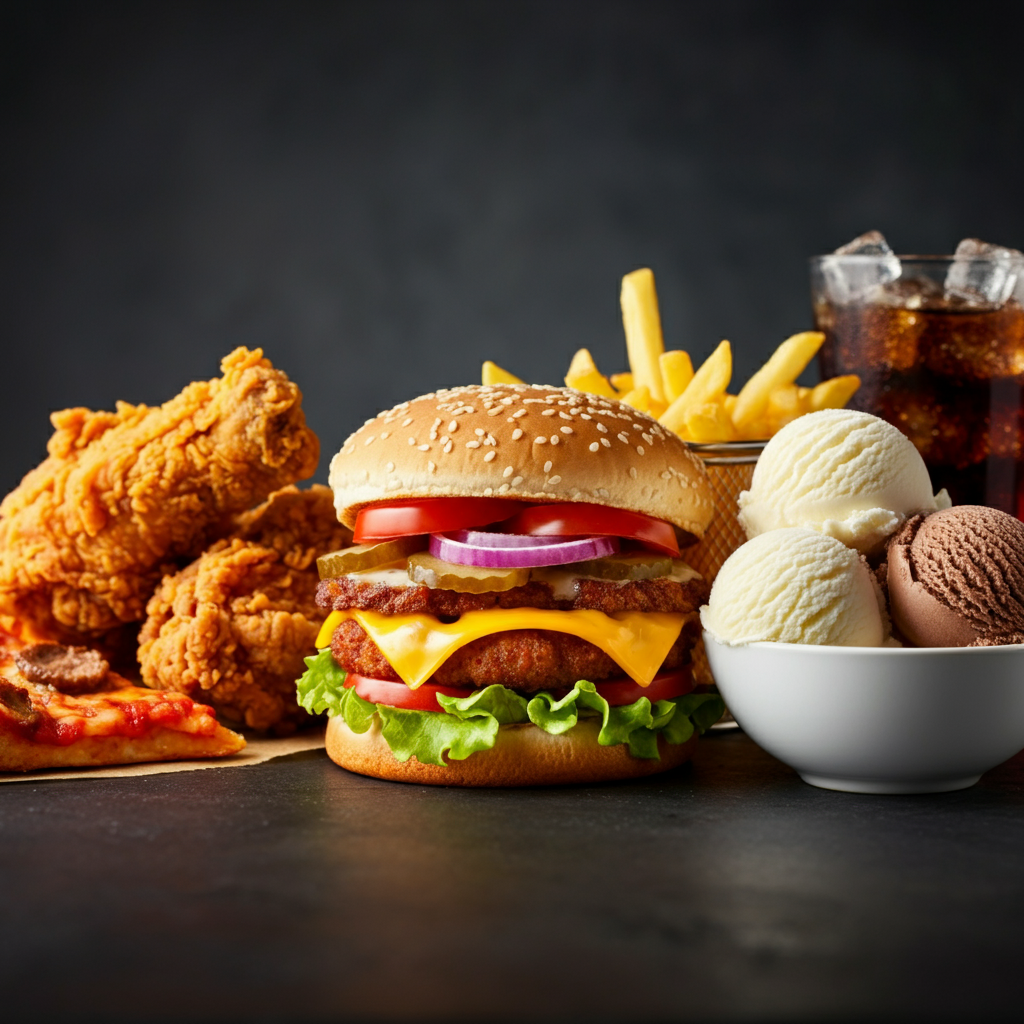
15 Foods to Avoid with High Cholesterol
Managing high cholesterol often starts with making healthier food choices. While some foods can help improve your cholesterol profile, others can negatively impact your levels and increase the risk of heart disease. Knowing which foods to limit or avoid is the first step toward better heart health. Here, we’ll uncover 15 foods to approach with caution and suggest healthier alternatives to keep your heart in top shape.
1. Fried Foods
Fried foods, such as French fries and fried chicken, are loaded with unhealthy trans fats and saturated fats. These fats can raise your LDL (bad cholesterol) levels and increase the risk of heart disease.
Healthier Alternative: Opt for air-fried or baked versions of your favorite dishes. Sweet potato wedges or roasted vegetables can also satisfy your cravings for a crispy texture.
2. Full-Fat Dairy Products
Products like whole milk, cream, butter, and full-fat cheeses are high in saturated fats, which can elevate LDL cholesterol levels.
Healthier Alternative: Switch to low-fat or non-dairy alternatives like almond milk, Greek yogurt, or plant-based cheese options.
3. Processed Meats
Bacon, sausages, hot dogs, and cured meats are not only high in saturated fats, but they can also be high in sodium, which can raise blood pressure.
Healthier Alternative: Choose lean white meat, such as skinless chicken or turkey. Plant-based protein sources like tofu or tempeh are also excellent substitutes.
4. Fast Food
Fast food meals often combine multiple cholesterol-raising ingredients like fried items, processed meats, and sugary drinks. Such meals are extremely dense in unhealthy fats and calories.
Healthier Alternative: Prepare meals at home with whole ingredients or choose grilled items and salads when eating out.
5. Baked Goods
Pastries, cakes, and cookies are typically made with butter or shortening, which are rich in saturated fats and trans fats. They often contain a lot of added sugars too, making them doubly harmful.
Healthier Alternative: Bake at home using healthier oils like olive oil and natural sweeteners like honey or mashed bananas.
6. Margarine (Trans Fats)
While margarine is often marketed as a butter substitute, many varieties contain partially hydrogenated oils, which are a primary source of trans fats.
Healthier Alternative: Use limited amounts of unsaturated fats like olive oil or avocado oil as a spread.
7. Red Meat
Beef, lamb, and pork contain higher levels of saturated fat, which can raise cholesterol. Heavy consumption of red meat has also been linked to heart health issues.
Healthier Alternative: Opt for heart-healthy proteins like fish, chicken, or plant-based alternatives like lentils and beans.
8. Ice Cream
This popular treat is rich in saturated fat and added sugar, making it a big contributor to high cholesterol levels if consumed regularly.
Healthier Alternative: Try a fruit-based sorbet or frozen yogurt made from low-fat dairy or non-dairy milk alternatives.
9. Coconut Oil
Although natural, coconut oil is loaded with saturated fat. While it may have health benefits in small amounts, heavy use can negatively affect cholesterol levels.
Healthier Alternative: Use olive oil, avocado oil, or canola oil as your primary cooking oils.
10. Lard and Shortening
Animal lard and vegetable shortening are high in saturated and trans fats, both of which can raise LDL cholesterol levels.
Healthier Alternative: Substitute with heart-healthy oils or unsaturated fat-based spreads.
11. Sugary Treats
Foods like candy, soda, and processed sugary snacks are low in nutrients but high in calories and sugar, which can contribute to weight gain and negatively impact cholesterol health.
Healthier Alternative: Snack on fresh fruits, nuts, or dark chocolate with minimal added sugar.
12. Creamy Sauces and Dips
Cream-based sauces, salad dressings, and dips like ranch or Alfredo sauce often contain high amounts of saturated fat and sometimes even trans fats.
Healthier Alternative: Make your own versions with Greek yogurt, avocado, or olive oil as a base.
13. Flavored Coffees and Drinks
Fancy coffee drinks often contain whipped cream, sugary syrups, and whole milk, making them a source of hidden cholesterol-raising fats and sugars.
Healthier Alternative: Enjoy black coffee or add a splash of almond milk and cinnamon for flavor without the fat.
14. Pizza
Many pizzas are topped with processed meats and lots of cheese, which makes them rich in sodium, saturated fats, and calories.
Healthier Alternative: Opt for homemade pizza with a whole-grain crust, low-fat cheese, and plenty of vegetables.
15. Alcohol (in Excess)
While moderate alcohol consumption can be heart-healthy, excessive drinking can raise triglyceride levels and contribute to unhealthy weight gain.
Healthier Alternative: Stick to moderate consumption—no more than one drink per day for women and two for men—or replace alcoholic beverages with sparkling water flavored with citrus.
15 Foods to Avoid with High Cholesterol: Final Thoughts
Avoiding or limiting these foods doesn’t mean you have to sacrifice flavor or enjoyment. With a little creativity and planning, you can prepare delicious meals and snacks that support your heart health and taste great.
Disclaimer
The recommendations in this blog are meant for informational purposes only and are based on general nutrition advice for managing high cholesterol. This content is not intended as a substitute for medical advice, diagnosis, or treatment. Always speak with your healthcare provider or dietitian for guidance tailored to your unique health needs. We are not liable for any actions taken based on this content.
By eliminating or minimizing these 15 cholesterol-raising foods, you’ll be well on your way to healthier cholesterol levels and a stronger heart. Small, consistent changes can make a big difference!
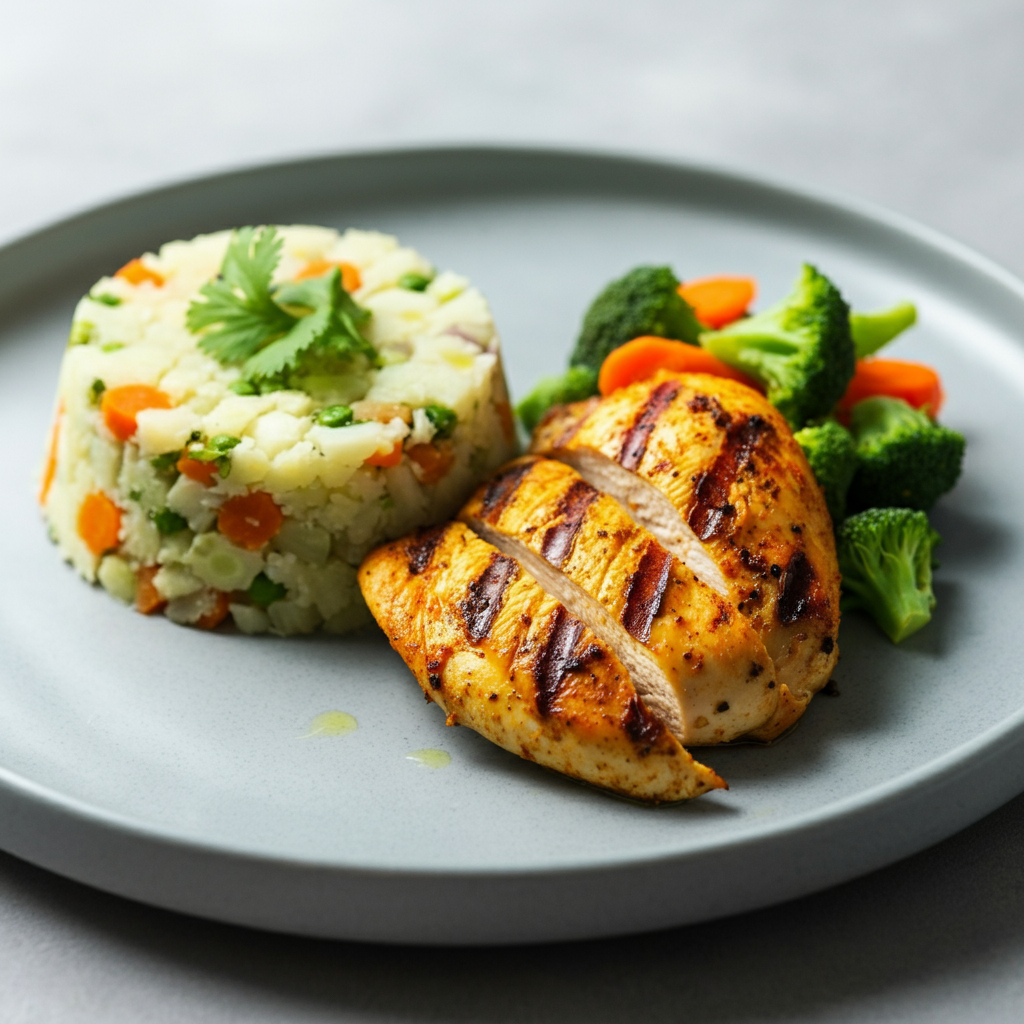
How Do You Make Cauliflower Rice?
Making cauliflower rice is super simple and a great low-carb alternative to regular rice! Here’s how you can do it:
Cauliflower Rice Ingredients:
- 1 medium head of cauliflower
Cauliflower Rice Instructions:
- Prepare the Cauliflower: Remove the leaves and cut the cauliflower into florets. Wash and pat them dry to remove excess moisture.
- Rice the Cauliflower:
- Using a Food Processor: Place the florets in a food processor and pulse until they resemble rice grains. Be careful not to over-process, or it will turn mushy.
- Using a Box Grater: If you don’t have a food processor, use the medium-sized holes of a box grater to grate the florets into rice-sized pieces.
- Cook the Cauliflower Rice:
- Heat a large skillet over medium heat and add a small amount of olive oil or butter.
- Add the cauliflower rice and sauté for 5-7 minutes, stirring occasionally, until it’s tender but not mushy. You can season it with salt, pepper, or your favorite spices.
- Optional Add-Ins: For extra flavor, you can add garlic, onions, or herbs like parsley or cilantro while cooking.
And that’s it! You can use cauliflower rice as a base for stir-fries, bowls, or even as a side dish. Let me know if you’d like recipe ideas to use it!
How Do You Make Grilled or Baked Chicken for a Healthy Diet
Making grilled or baked chicken for a healthy diet is easy, delicious, and versatile! Here’s a simple guide for both methods:
Grilled Chicken Recipe
Grilled Chicken Recipe Ingredients:
- 2 boneless, skinless chicken breasts
- 2 tbsp olive oil
- 1 tsp garlic powder
- 1 tsp paprika
- 1 tsp dried oregano or thyme
- Salt and pepper to taste
- Juice of 1 lemon (optional, for extra flavor)
Grilled Chicken Recipe Instructions:
- Prepare the Chicken: Pound the chicken breasts to an even thickness to ensure they cook evenly.
- Marinate: In a bowl, mix olive oil, garlic powder, paprika, oregano, salt, and pepper. Rub this mixture all over the chicken breasts. Let it marinate for at least 30 minutes (or up to 4 hours in the fridge for more flavor).
- Preheat the Grill: Heat your grill or grill pan to medium-high heat.
- Grill the Chicken: Place the chicken on the grill and cook for 5-7 minutes per side, or until the internal temperature reaches 165°F (75°C). Avoid overcooking to keep it juicy.
- Rest and Serve: Let the chicken rest for 5 minutes before slicing to retain its juices. Serve with a side of veggies or a salad.
Baked Chicken Recipe
Baked Chicken Recipe Ingredients:
- 2 boneless, skinless chicken breasts
- 2 tbsp olive oil
- 1 tsp garlic powder
- 1 tsp smoked paprika
- 1 tsp dried rosemary or thyme
- Salt and pepper to taste
- Optional: Lemon slices or fresh herbs for garnish
Baked Chicken Recipe Instructions:
- Preheat the Oven: Set your oven to 400°F (200°C).
- Prepare the Chicken: Pat the chicken breasts dry with a paper towel. This helps the seasoning stick better.
- Season: Rub the chicken with olive oil, then sprinkle garlic powder, paprika, rosemary, salt, and pepper evenly on both sides.
- Bake: Place the chicken breasts on a baking sheet lined with parchment paper or in a lightly greased baking dish. Bake for 20-25 minutes, or until the internal temperature reaches 165°F (75°C).
- Rest and Serve: Let the chicken rest for 5 minutes before serving. Garnish with lemon slices or fresh herbs for added flavor.
Tips for Both Methods:
- Avoid Overcooking: Use a meat thermometer to ensure the chicken is perfectly cooked without drying out.
- Add Variety: Experiment with different spices like cumin, turmeric, or chili powder for unique flavors.
- Pair with Healthy Sides: Serve with steamed veggies, quinoa, or a fresh salad for a balanced meal.
Managing cholesterol and hypertension begins with choosing the right foods and avoiding harmful ones. Understanding what foods to eat to lower cholesterol—like oats, fatty fish, and legumes—can improve heart health, while being mindful of the 15 Foods to Avoid with High Cholesterol—such as fried foods and processed meats—can prevent further complications. For those seeking low-carb alternatives, learning How Do You Make Cauliflower Rice? offers a delicious, nutrient-packed substitute for regular rice. Additionally, exploring How Do You Make Grilled or Baked Chicken for a Healthy Diet provides heart-friendly, protein-rich meal options. By focusing on Foods to Avoid to Lower Your Cholesterol and Hypertension and incorporating these healthy recipes, you can make informed dietary decisions that support long-term wellness.

Your Online Personal Shopper + Stylist


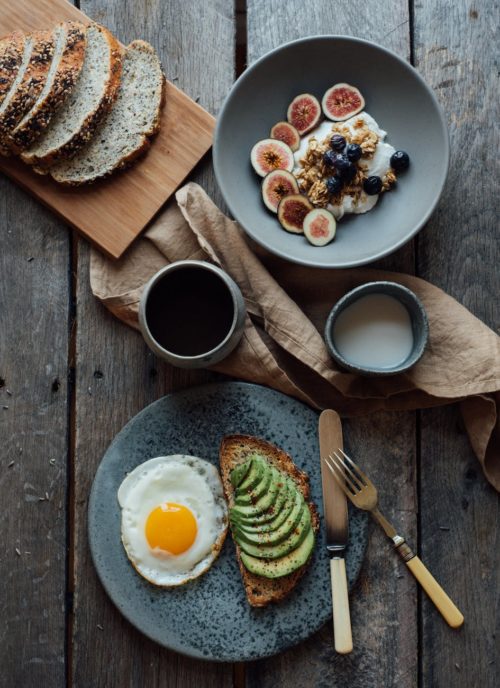

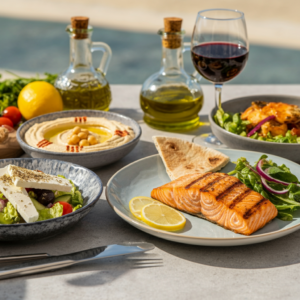
Leave a Reply
You must be logged in to post a comment.